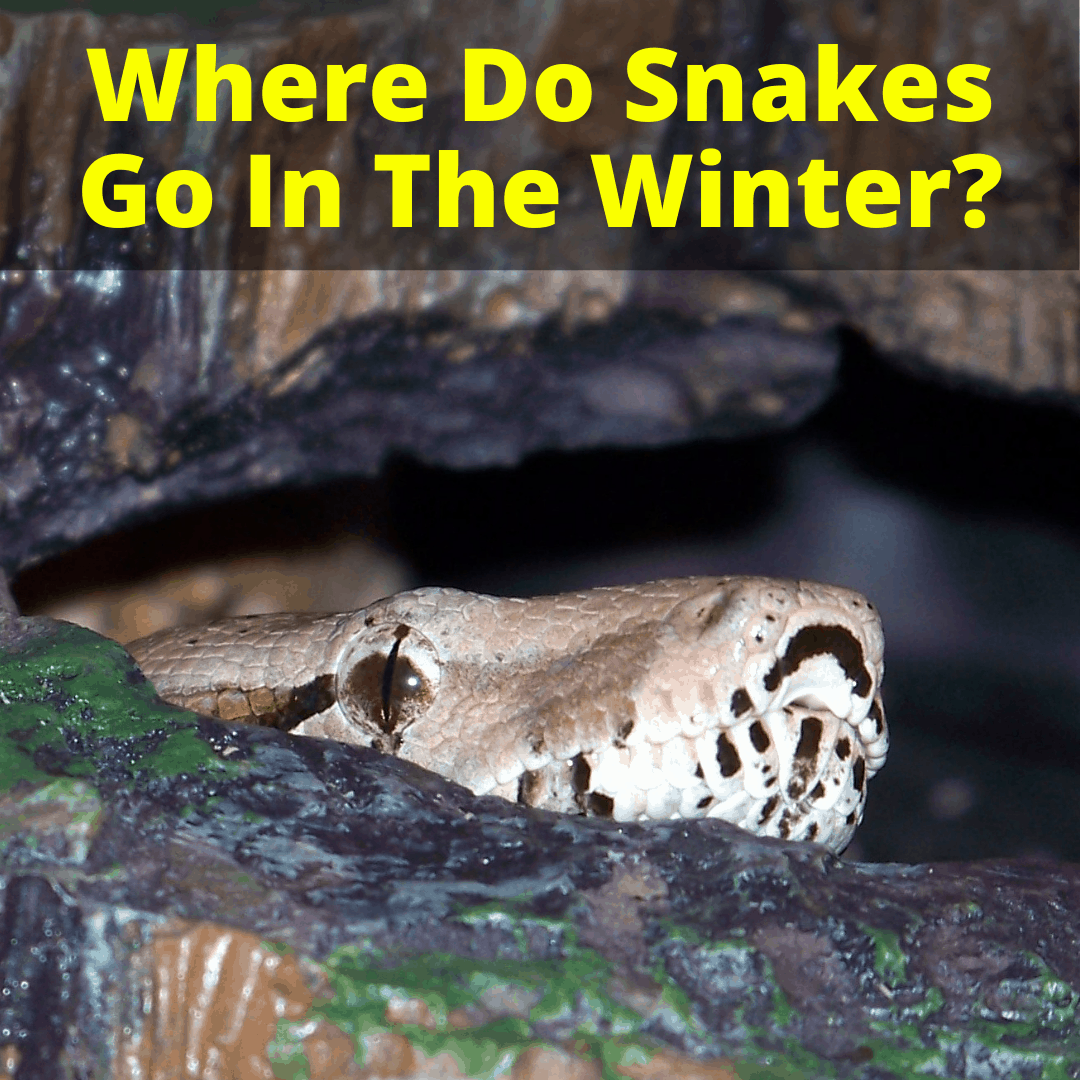
It makes sense.
Snakes are cold-blooded animals, like all reptiles.
They do not have the ability to generate their own body heat. Instead, they use the environment to maintain a healthy temperature.
In the winter, the external temperatures are too low. If exposed to winter temperatures for too long, snakes die.
So they need a way to survive the winter cold.
Table of Contents
- 1 Where Do Snakes Go In The Winter?
- 2 Snakes In Winter: Final Thoughts
Where Do Snakes Go In The Winter?
Snakes, like most reptiles, enter a physical state called brumation during the colder months. Brumation is when a snake slows down its metabolism to preserve energy.
A slower metabolism causes the snake to be extremely slow and tired, but not always sleeping. During this time, they stick close to their dens.
Winter Brumation
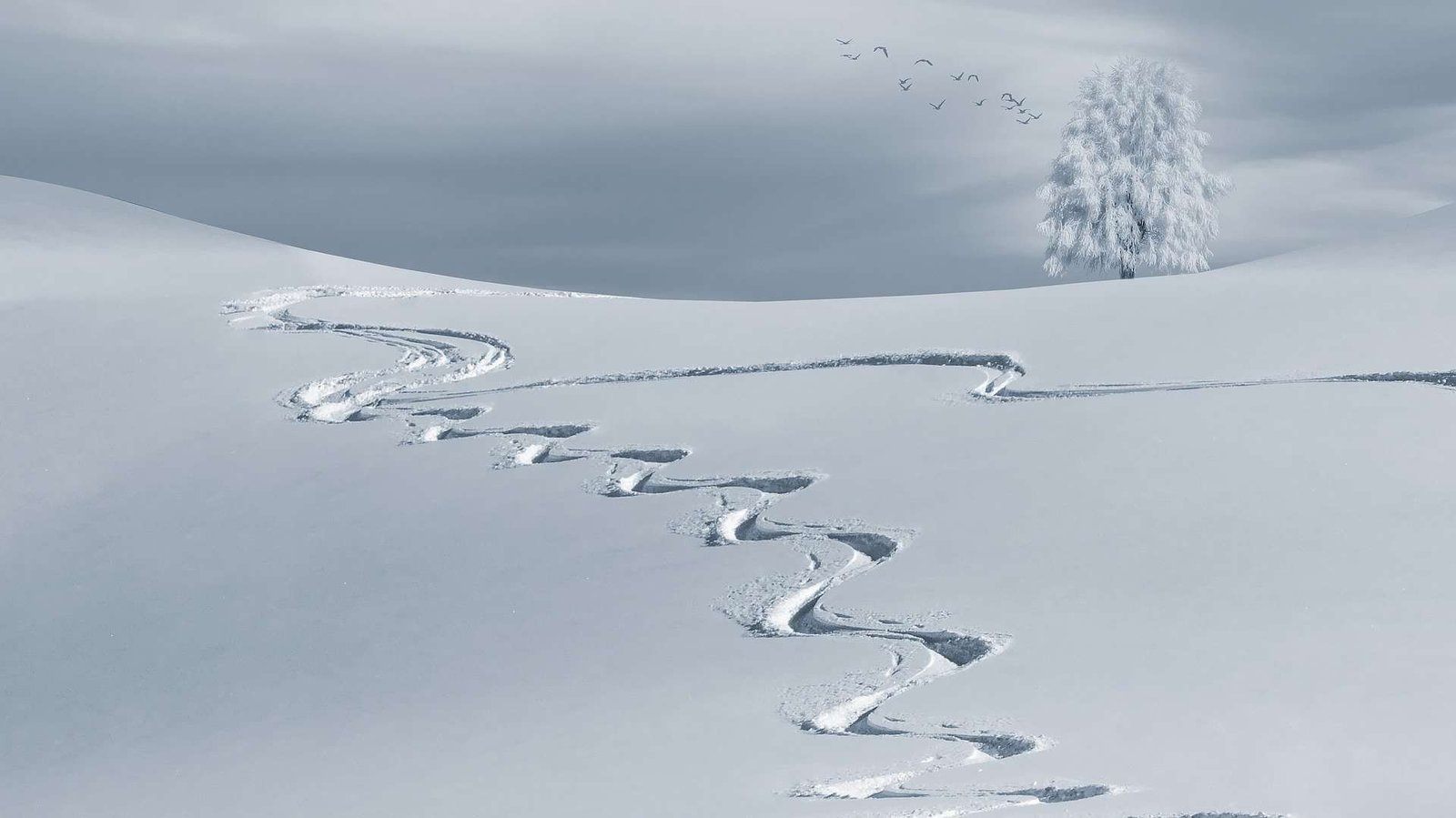
When a snake is in brumation, its body needs much less energy to function. When a snake needs less energy, it spends a lot less time looking for food.
By not using their energy to look for the food, snakes can preserve their strength and wait until food is abundant in the spring.
Snakes are cold-blood creatures and we usually see them in the summer basking on hot rocks. In milder regions, snakes will bask in the winter too, although it exposes them to predators. Some even use hot springs to stay warm, like the Thermophis Baileyi, or Tibetan Hot Spring snake.
But most snakes retain their body heat in the winter by staying underground, where temperature drops aren’t as pronounced. This is especially true for snakes that live in cold weather climates.
Brumation Vs Hibernation: What’s The Difference?
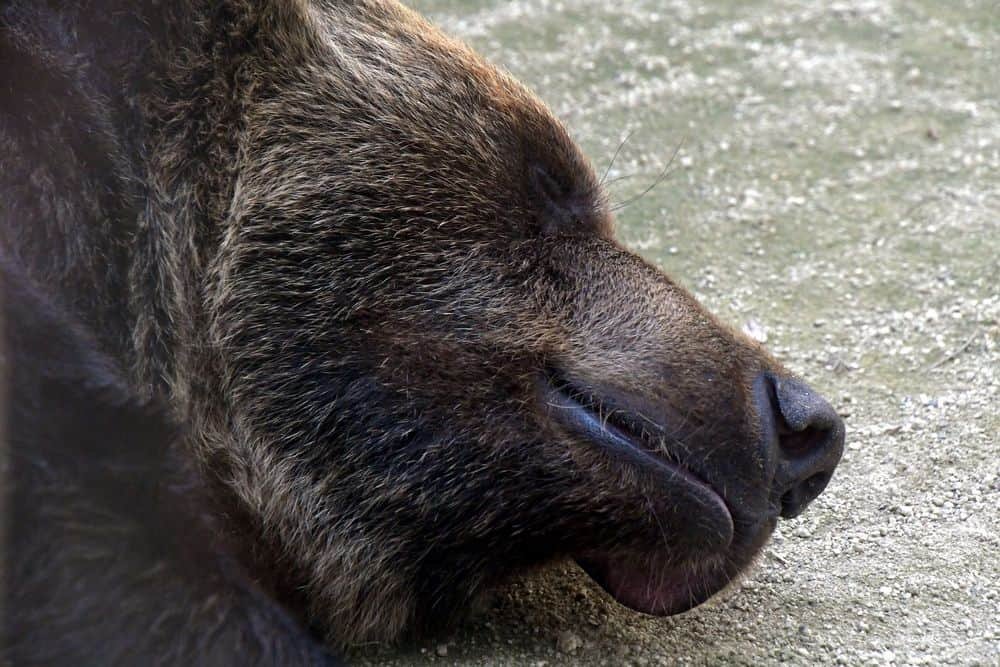
The effects of brumation are very similar to those of hibernation.
Animals that hibernate, like bears or frogs, slow their heart rates and metabolism while lowering their body temperatures. Hibernating animals are complicated to wake up.
How Hibernation Works
Entering what is essentially a deep sleep, hibernating animals conserve all of their strength for the following spring. Both hibernating and brumating animals have to consume more fat and other foods before winter to use the built-up calories during their sleep.
How Brumation Differs
Brumation differs because the animal is never really asleep. Although the snakes’ metabolism and heart rate slow during brumation, they need to maintain their temperature.
Snakes in brumation wake themselves often and are easily awoken by other disturbances, too.
Cold-blooded creatures have the same body temperature as their surroundings, unlike warm-blooded hibernators, who lower their temperature to preserve energy.
Due to their cold-blooded nature, some snakes will wake up because the temperature outside has risen. Snakes use the rising temperatures to sun themselves until temperatures drop again.
Where Are Snakes Hiding In The Winter?
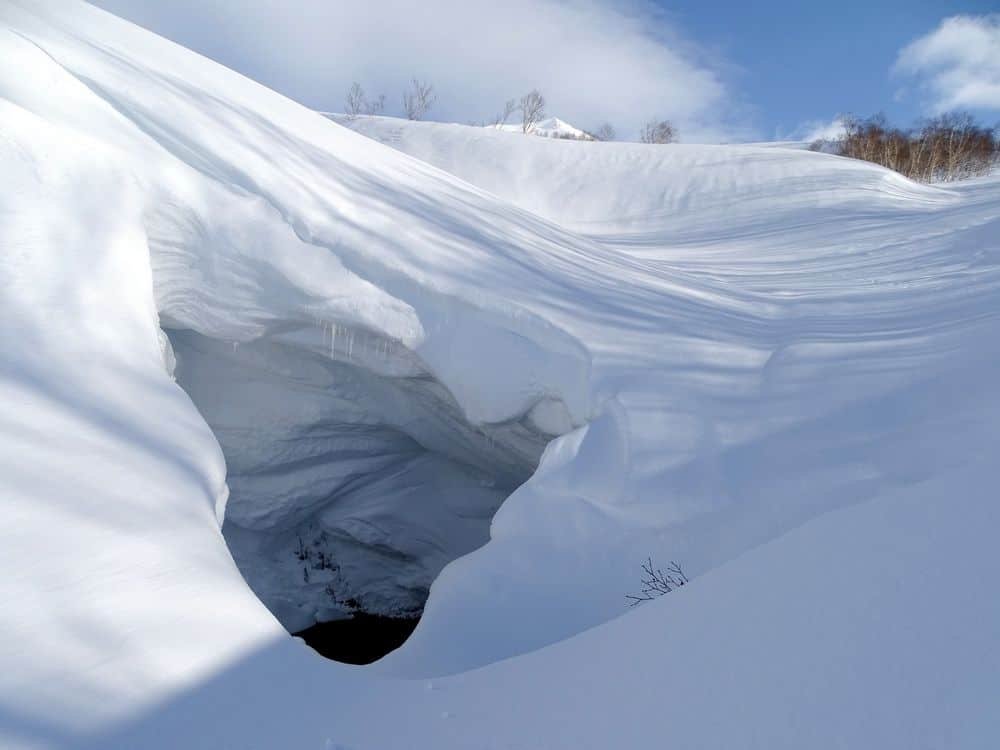
Snake habitats differ drastically depending on where you are. Generally, snakes seek out undisturbed areas for the whole of winter. Common areas for snakes to brumate are caves, rocky crevices, or in holes underground.
Where Snakes Hibernate
An ordinary habitat for snakes in the winter is a hibernaculum.
Hibernacula are underground or rocky crevices that snakes can enter to remain safe during the winter. These crevices are usually below the frost line, which means the ground is warmer than the air above.
Snakes also brumate in less frequent habitats, like the underbrush of a forest or the inside of buildings. These areas provide less protection for snakes.
Like humans or other animals, disturbances mean the snake will wake up more and potentially become prey in its lethargic state.
It’s not uncommon for snakes in regions with an abundance of other snakes to come together and brumate together in a large den.
They usually shelter together in caves and use each others’ body heat. They also benefit from protection in numbers.
Does Climate Affect Brumation?
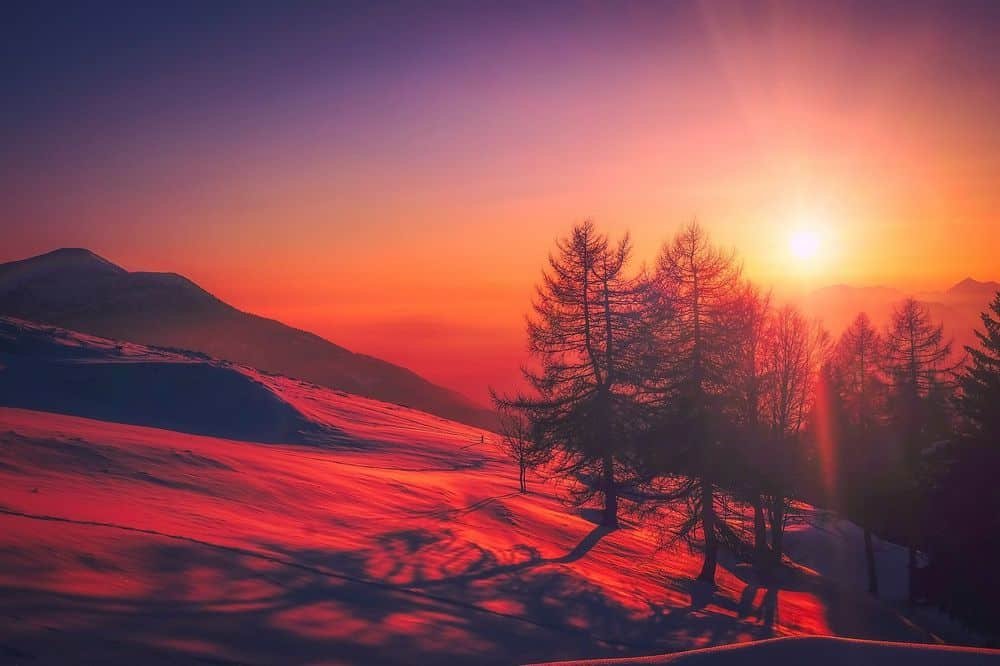
Snakes in Florida and California, which have extended summers and short winters, still brumate. But they do so for a much shorter time.
In northern states, like Washington or Vermont, snakes spend months in their lethargic state and are unlikely to leave their dens at all during the height of winter.
In warmer regions, you can expect a shorter brumation period for snakes. Snakes in warmer areas stay active longer.
Although almost all snakes in the USA brumate in the winter, snakes in hot regions might not enter brumation until December. This means the snake is active for more of the year.
Warmer regions are also more likely to have warm fronts in the winter. Warm fronts are weather patterns that bring hot air to the area.
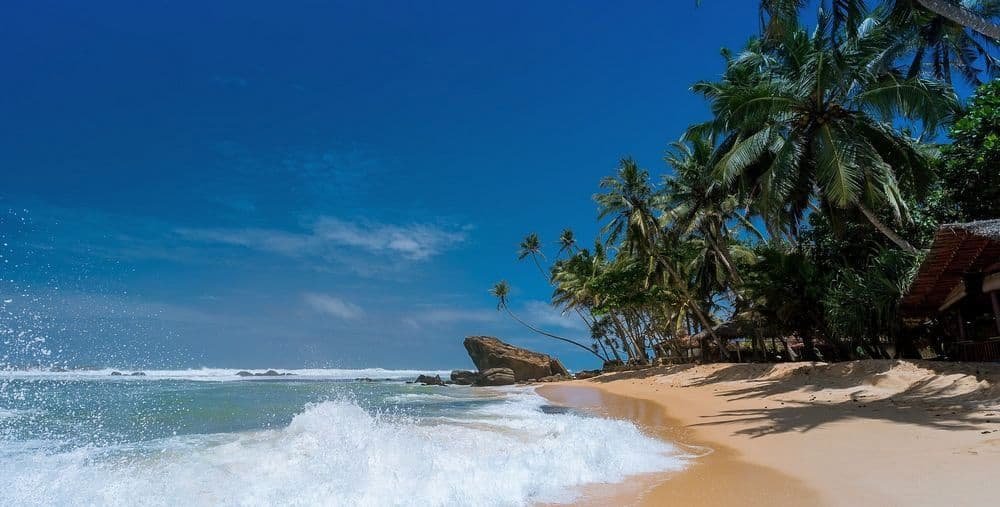
Hotter air warms up the snake’s body, giving them more energy and the ability to bask in the heat. They will often leave their den to get some sun.
Snakes are very active before they brumate because they need to gather calories for their lethargic winter. So if you live in a state like Florida, be on the lookout for snakes, even in the early winter months.
What Do Snakes Do In The Winter?
Snakes are extremely lethargic during the colder months, so their activity is at a minimum.
Due to their lowered metabolism and heart rate, they don’t need very much, if any, food while brumating. Snakes can go a long time without eating.
This slow metabolism is also what allows snakes to hold their breath for a long time. How long can snakes hold their breath? Some species can go up to 2 hours without breathing.
Snakes brumating together in a large den may eat one another, though. Black Racer snakes in New England sometimes eat young Timber Rattlesnakes that share a den with them.
Snakes that eat during their brumation period may have trouble digesting the food due to their slowed metabolism.
Snakes excrete most of their waste before entering the brumation period, which means they don’t have very many bowel movements. A slow metabolism also contributes to this, as food takes much longer to digest.
Snakes wait until after brumation to lay eggs. Due to their cold-blooded nature, snakes wait until their body heat has returned to normal levels to lay eggs. Laying eggs is sometimes the first activity snakes perform in the spring.
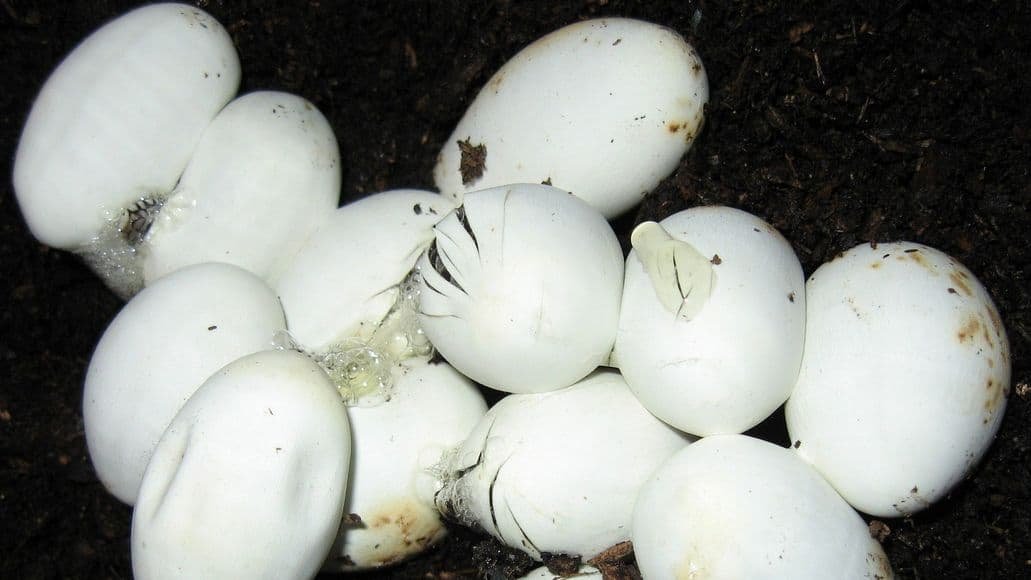
What To Do If You Encounter A Snake In The Winter?
Unless you live in a sweltering environment, it’s unlikely you’ll see a snake in the winter. Snakes prefer the safety of underground burrows or caves, so they won’t expose themselves to predators. Snakes don’t come out in cold temperatures.
If you do happen to see a snake, don’t worry. Due to their slowed metabolism, snakes are much slower and less aggressive. If a snake senses a predator during its lethargic state, its first instinct is to slither to a safer place.
Even a basking snake in winter is less energetic than it usually would be. Although the snake is using the hot rocks and air to heat its body, it’s still half asleep.
When a snake has just woken up from brumation, it’s a lot like when you wake up in the morning. To really feel awake, you have to wipe your eyes and stretch.
A snake sunning on rocks in the early days of spring is very similar to a person stretching in the morning, trying to wake up.
Snakes In Winter: Final Thoughts
Snake sightings are rare in winter. But they can still happen, at least in warmer climates. While snakes hide away and spend the winter conserving energy, they do not sleep continuously. If the weather gets warm enough outside, they can come out and get some sun.
Even if they do come out, they will still be lethargic from their winter rest. And they will retreat back into cover once the sun goes down. If you live in a colder climate, you won’t see snakes outside at all during the winter months.
Leave a Reply